Introduction
Mushrooms are nature’s odd little gems—popping up seemingly out of nowhere in our gardens, forests, and parks. But while some are delicious in your favorite pasta dish or sautéed in butter, others are downright deadly. Mistaking a poisonous mushroom for an edible one can be a fatal error. If you’re thinking, “That won’t happen to me, I don’t forage mushrooms!” think again. Even a casual stroll through the woods or a curious nibble could spell disaster.
In this article, we’ll dive into the murky world of toxic fungi and explore seven deadly mushrooms you should avoid at all costs. Some of these will shock you, while others might sound familiar, but all are united in their ability to cause serious harm—or worse. Whether you’re an experienced forager or simply someone who loves nature walks, this guide will help you steer clear of danger.
So, let’s jump into it!
The 7 Deadly Mushrooms You Should Avoid
You might think mushrooms are harmless, but when it comes to the seven we’re about to discuss, think again. These mushrooms are responsible for the majority of mushroom poisonings worldwide. They might look innocent, but don’t let their appearance fool you. Let’s start with one of the most infamous fungi in the world.
1. Death Cap (Amanita phalloides)
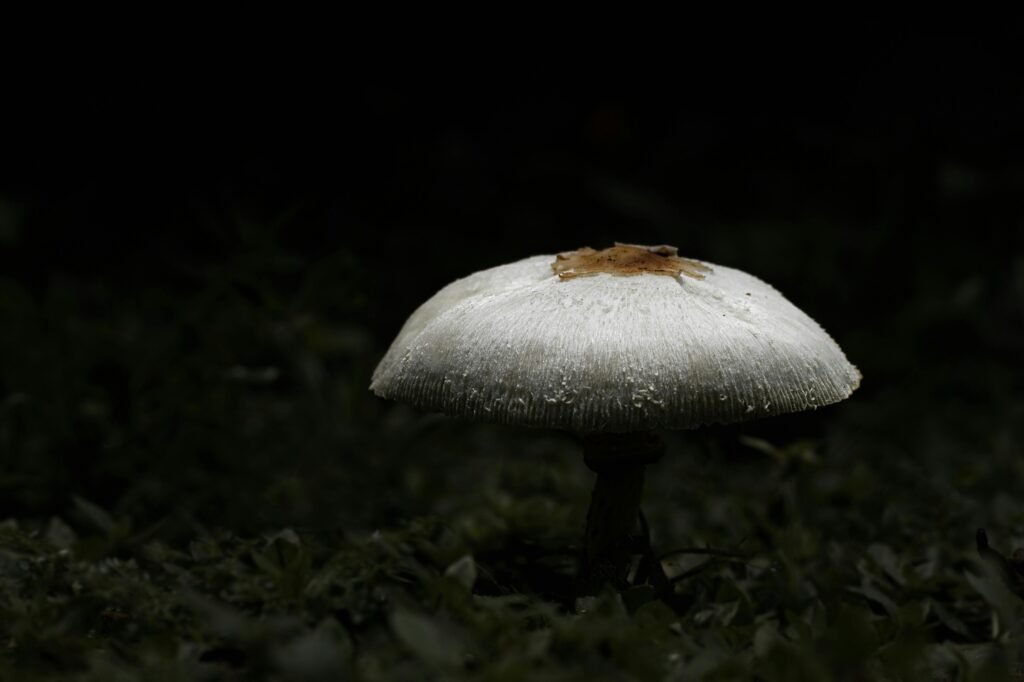
You’ve probably heard of this one, and for good reason. The death cap is arguably the deadliest mushroom on Earth. This pale-greenish to olive-colored mushroom grows in Europe and North America, often near oak trees.
- What makes it deadly? The death cap contains a group of toxins called amatoxins, which target the liver and kidneys. A small bite can cause serious damage within hours.
- Symptoms: The tricky part? Symptoms like vomiting and stomach cramps don’t usually appear until 6-12 hours after ingestion. By then, the toxins are already wreaking havoc on your internal organs.
Sadly, many who ingest death caps confuse them for edible varieties like puffballs or certain species of mushrooms used in Asian cooking. Don’t take the risk—if you’re unsure, steer clear.
2. Destroying Angel (Amanita virosa)
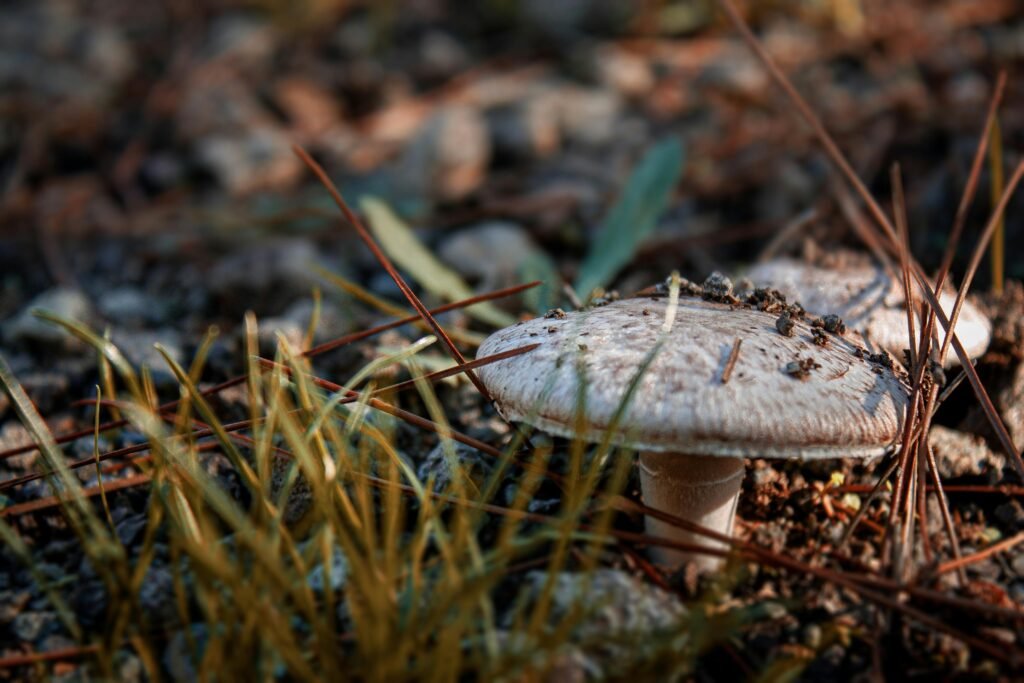
With a name like “Destroying Angel,” you know this mushroom means business. It looks quite ethereal with its pure white cap and stem, but this beauty is a true killer.
- Why is it deadly? Just like the death cap, destroying angels also contain amatoxins, which can cause irreversible damage to the liver.
- Where can you find it? Found throughout North America and Europe, these mushrooms tend to grow in woodland areas, often near birch trees.
Destroying angels can easily be mistaken for edible white mushrooms, especially by novice foragers. Just one bite can lead to a painful and potentially fatal outcome.
3. Deadly Webcap (Cortinarius rubellus)
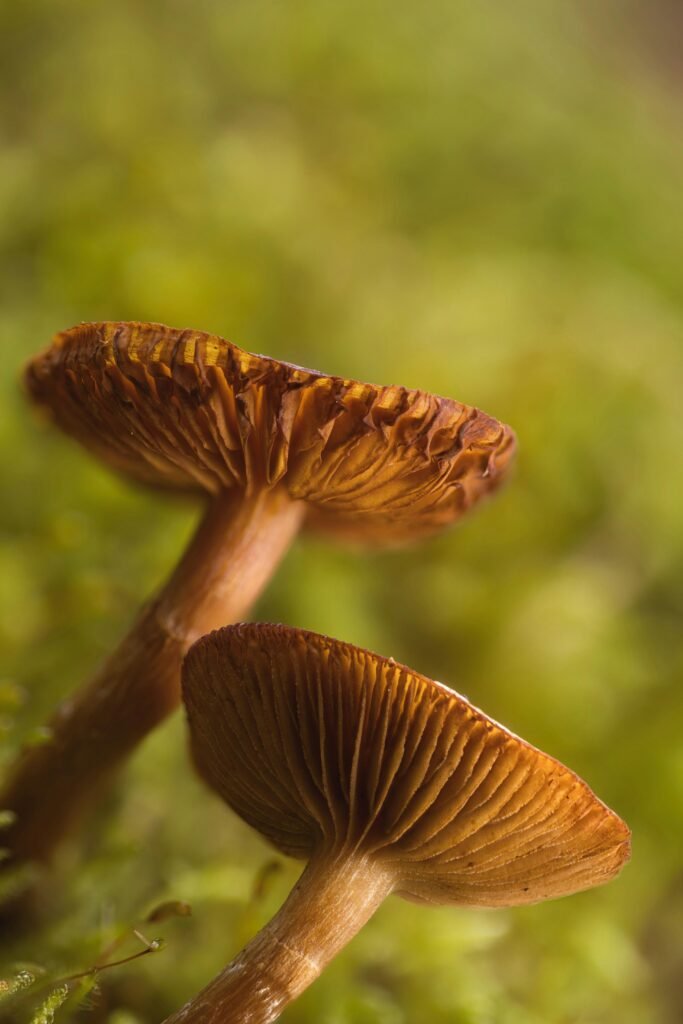
If the name doesn’t scare you off, the damage it can cause to your kidneys will. The Deadly Webcap is a reddish-brown mushroom with a web-like veil covering its gills—hence the name.
- What’s the poison? This mushroom contains orellanine, a toxin that attacks the kidneys. The terrifying part is that symptoms can take anywhere from two days to three weeks to appear.
- Symptoms: Initially, you might experience flu-like symptoms. By the time you realize it’s something more serious, significant kidney damage has already occurred.
Even if treatment is sought, the damage to the kidneys can be permanent. If you encounter a webcap, just admire it from afar!
4. Fool’s Mushroom (Amanita verna)
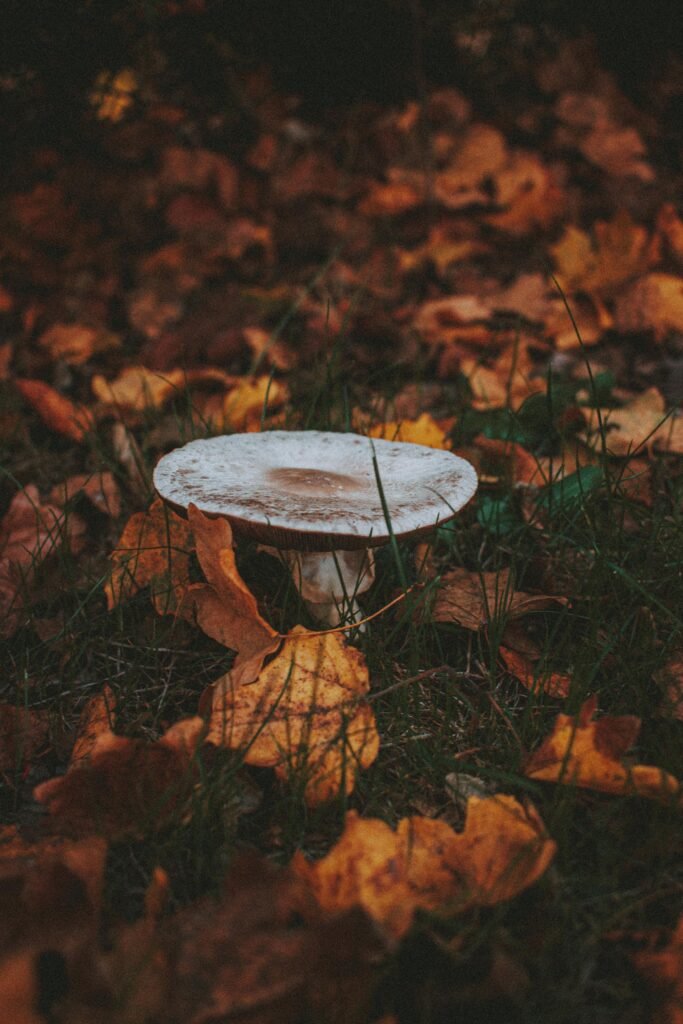
The Fool’s Mushroom looks a lot like the destroying angel—it’s also pure white and grows in similar environments. Aptly named, it has tricked many a forager into thinking it’s an edible species. But don’t let it fool you.
- Why it’s deadly: Fool’s mushrooms contain the same amatoxins as their relatives, the death cap and destroying angel. These toxins can cause liver failure and death if not treated in time.
- Timing of symptoms: Like the other mushrooms containing amatoxins, symptoms often don’t appear until it’s too late. By the time the vomiting and cramps hit, your body is already in serious trouble.
For foragers, this mushroom is a nightmare because of how easily it can be mistaken for a harmless species.
5. Conocybe filaris
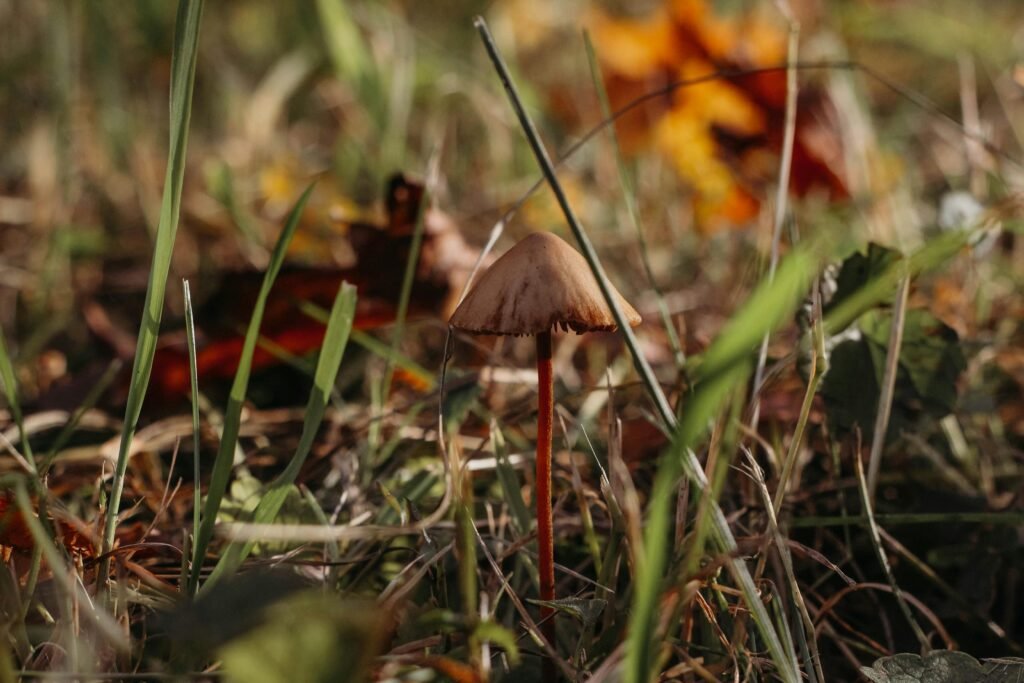
It looks like an innocent little brown mushroom, but Conocybe filaris is anything but harmless. Native to the Pacific Northwest of the U.S., it’s a small, tan mushroom that might catch your eye as unremarkable, but its toxicity is nothing to scoff at.
- Toxicity: Like many other deadly mushrooms, it contains amatoxins, which cause liver damage and can lead to death.
- Where to find it? You’ll usually find this mushroom in lawns and grassy areas, which makes it even more dangerous. Imagine your pet—or child—picking it up in the backyard.
The real kicker? This mushroom looks like some species commonly used in cooking. If you’re foraging, always consult an expert if you’re unsure.
6. Autumn Skullcap (Galerina marginata)
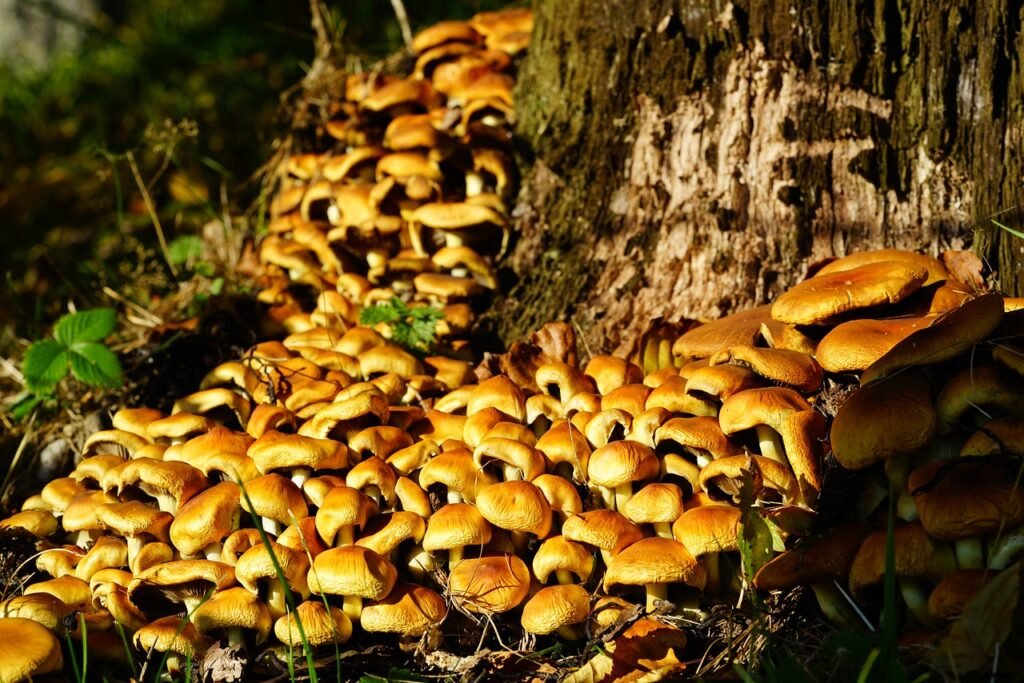
This tiny brown mushroom grows on decaying wood, often blending in with its surroundings. But don’t let its unassuming appearance fool you. The Autumn Skullcap is a silent killer.
- Why it’s deadly: Like many others on this list, the autumn skullcap contains amatoxins, the liver-destroying toxins that can lead to a slow, painful death.
- Where to find it? It grows on rotting wood in forests throughout the Northern Hemisphere.
The problem with this mushroom is that it’s easily mistaken for the edible honey fungus. A small slip-up in identification can have deadly consequences.
7. Podostroma Cornu-Damae
You may not have heard of this mushroom, but it’s one of the deadliest fungi in the world. Found mostly in Asia, this bright red mushroom looks more like a coral formation than a typical mushroom. But its vibrant appearance hides a deadly secret.
- Toxin: This mushroom contains potent toxins called trichothecenes. These toxins can cause severe skin peeling, hair loss, organ failure, and even death.
- Symptoms: Ingestion of Podostroma Cornu-Damae can cause symptoms like vomiting, diarrhea, and multiple organ failure. Without prompt treatment, death is highly likely.
Thankfully, this mushroom is rare, but if you’re ever traveling in Asia and come across it, avoid it like the plague.
How to Avoid Deadly Mushrooms
Foraging mushrooms might seem like a fun and rewarding hobby, but if you’re not careful, it can turn deadly. Here are some essential tips for avoiding poisonous mushrooms:
- Educate yourself: Learn to identify the most common poisonous mushrooms in your area.
- Consult experts: If you’re not sure about a mushroom, don’t guess. Consult a local mycologist or experienced forager.
- Avoid white mushrooms: Many deadly mushrooms, like the destroying angel and fool’s mushroom, are white. As a rule of thumb, avoid picking white mushrooms unless you’re 100% certain they’re safe.
- Don’t eat raw mushrooms: Some mushrooms, even those that are edible, can cause stomach issues if eaten raw.
- Carry a field guide: A good mushroom identification guide can be a lifesaver—literally.
Frequently Asked Questions
1. What’s the most dangerous mushroom?
The death cap (Amanita phalloides) is considered the most dangerous mushroom in the world due to its widespread presence and potent toxins.
2. How can I tell if a mushroom is poisonous?
There’s no one-size-fits-all answer. Some poisonous mushrooms look very similar to edible ones. The best way to avoid poisoning is to learn mushroom identification from an expert or consult a reliable guide.
3. What should I do if I accidentally eat a poisonous mushroom?
If you suspect you’ve ingested a poisonous mushroom, seek medical help immediately. Do not wait for symptoms to appear—some toxic mushrooms take hours or even days to show effects.
4. Are all white mushrooms poisonous?
No, not all white mushrooms are poisonous, but many dangerous species, like the destroying angel, are white. It’s better to err on the side of caution and avoid wild white mushrooms unless you are certain they’re safe.
Conclusion
Mushrooms are fascinating and beautiful parts of nature, but they can also be deadly. The seven deadly mushrooms we’ve discussed—such as the death cap, destroying angel, and fool’s mushroom—are all best avoided by casual hikers and foragers alike. Always exercise caution, learn proper identification techniques, and when in doubt, leave the mushroom where it grows.
Nature offers plenty of gifts, but when it comes to mushrooms, it’s essential to know which ones are deadly! Stay safe, and happy hiking!
